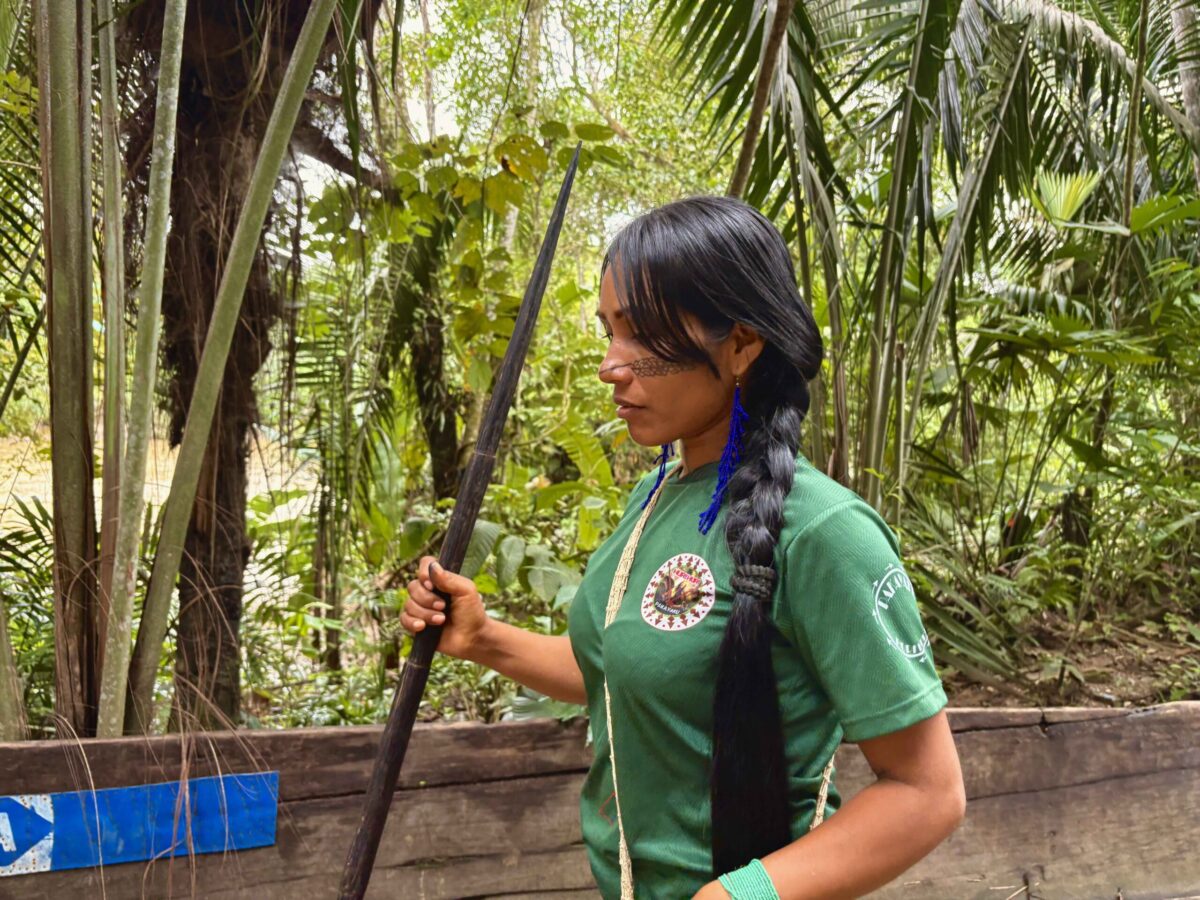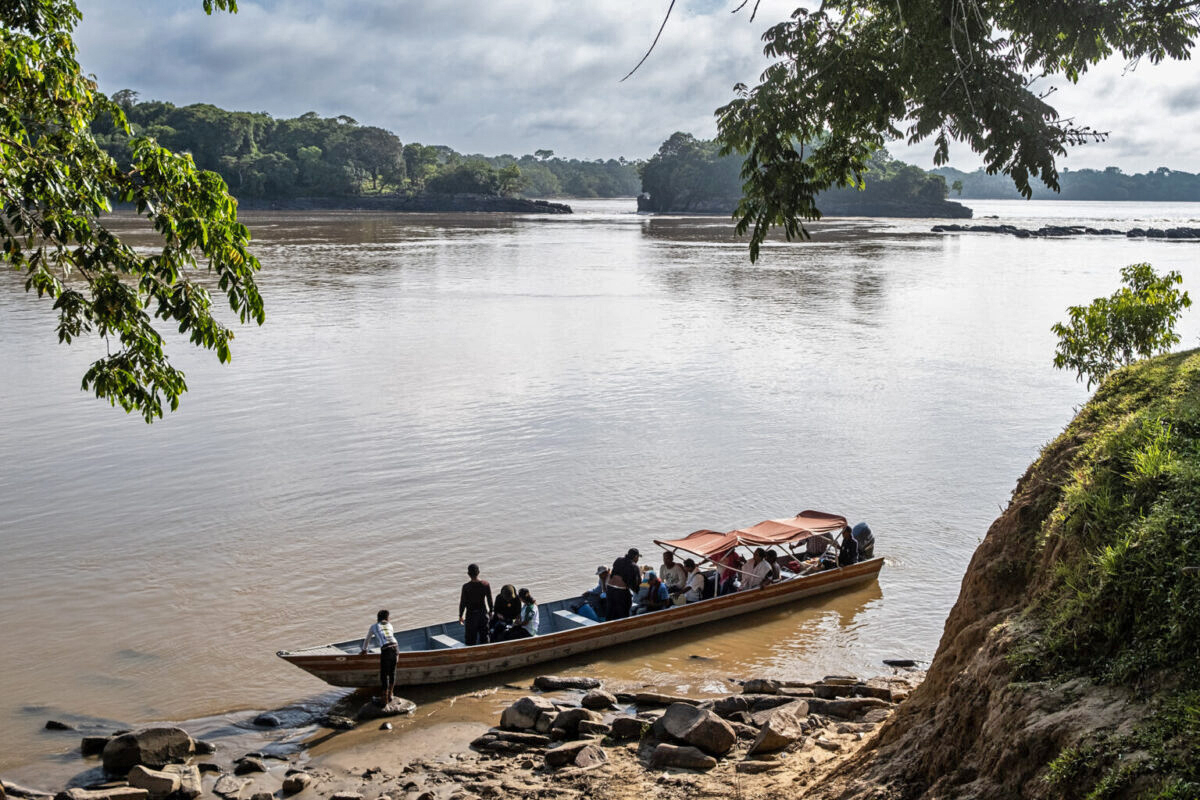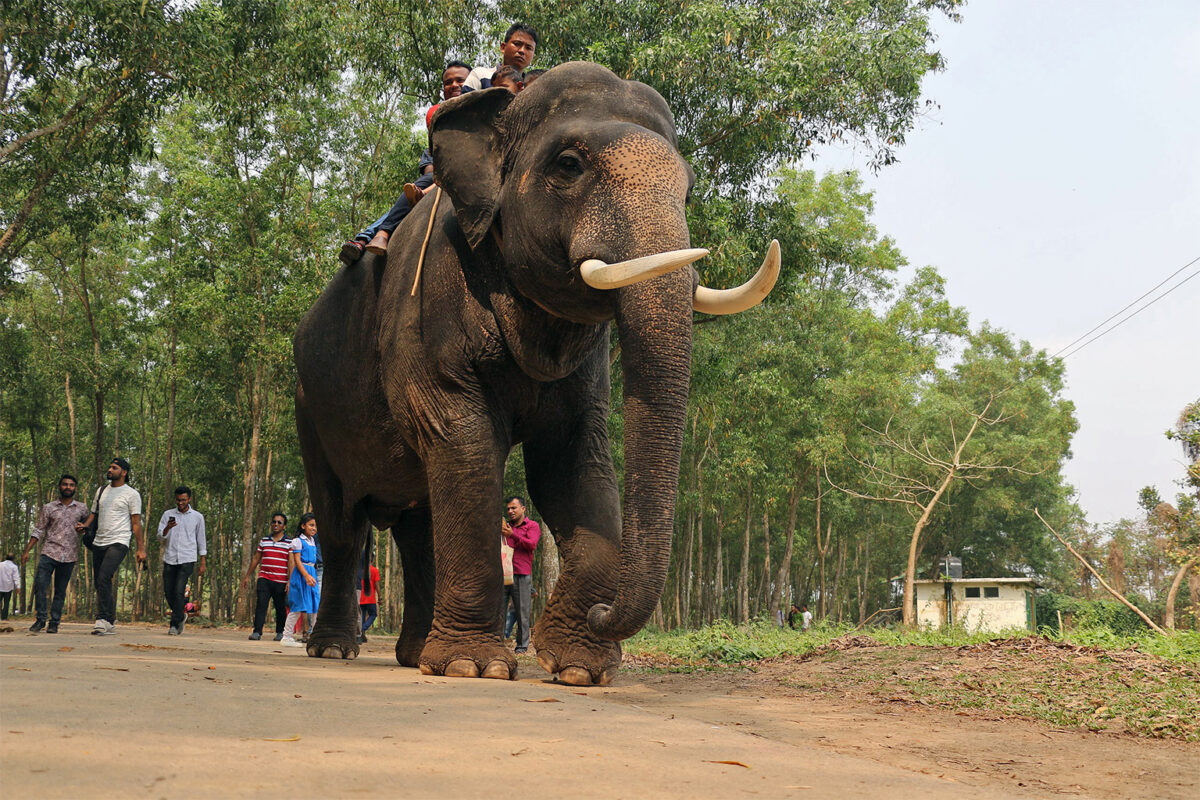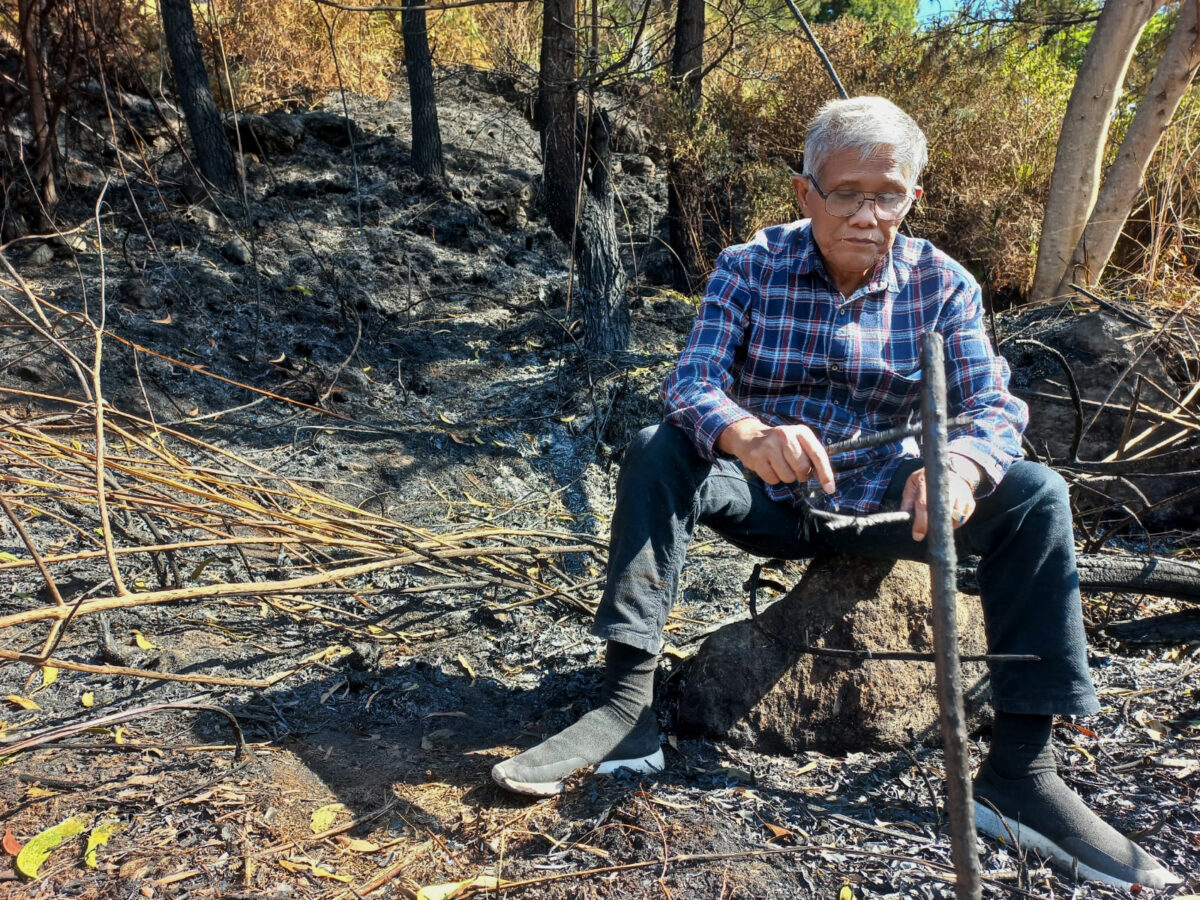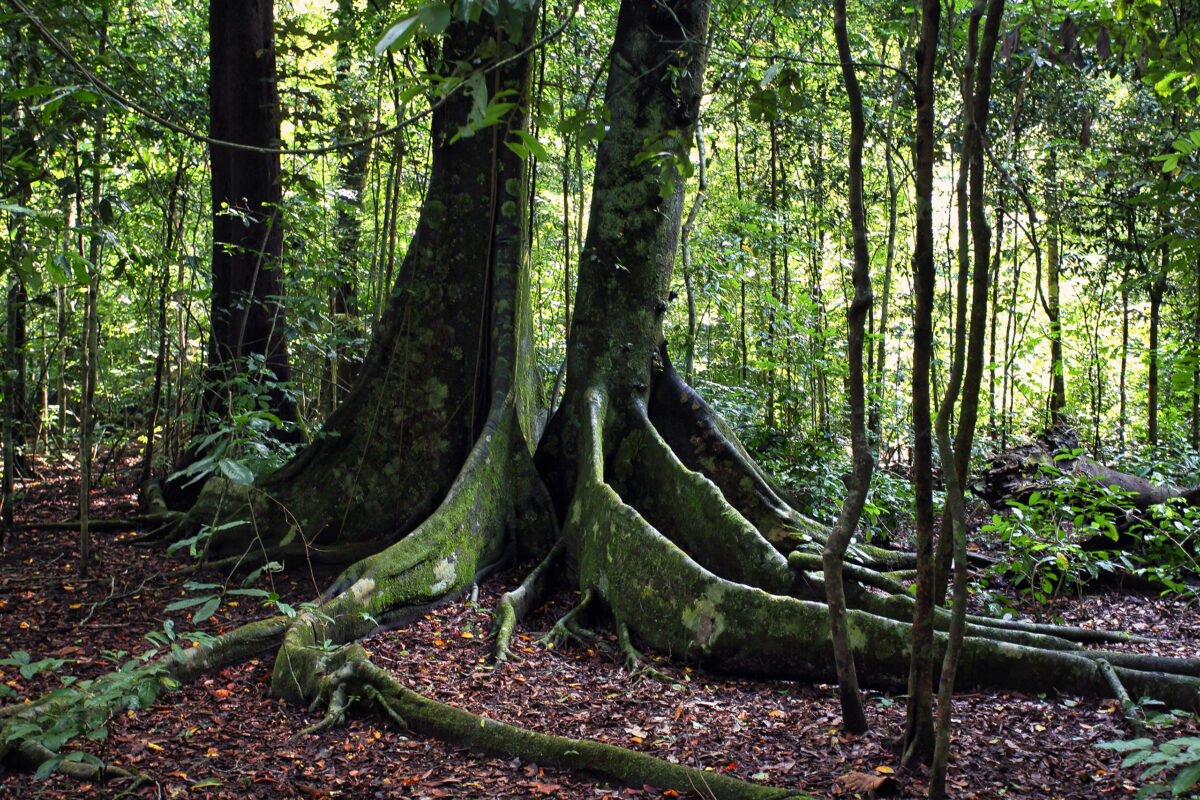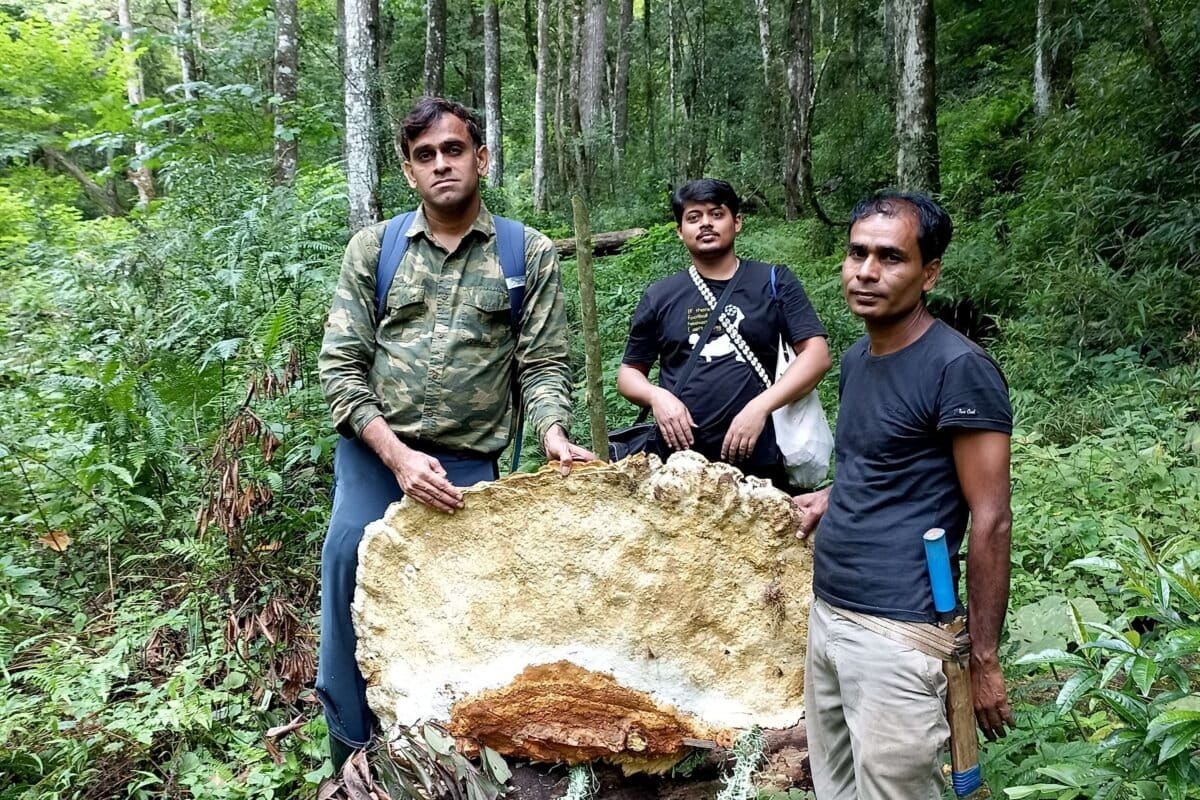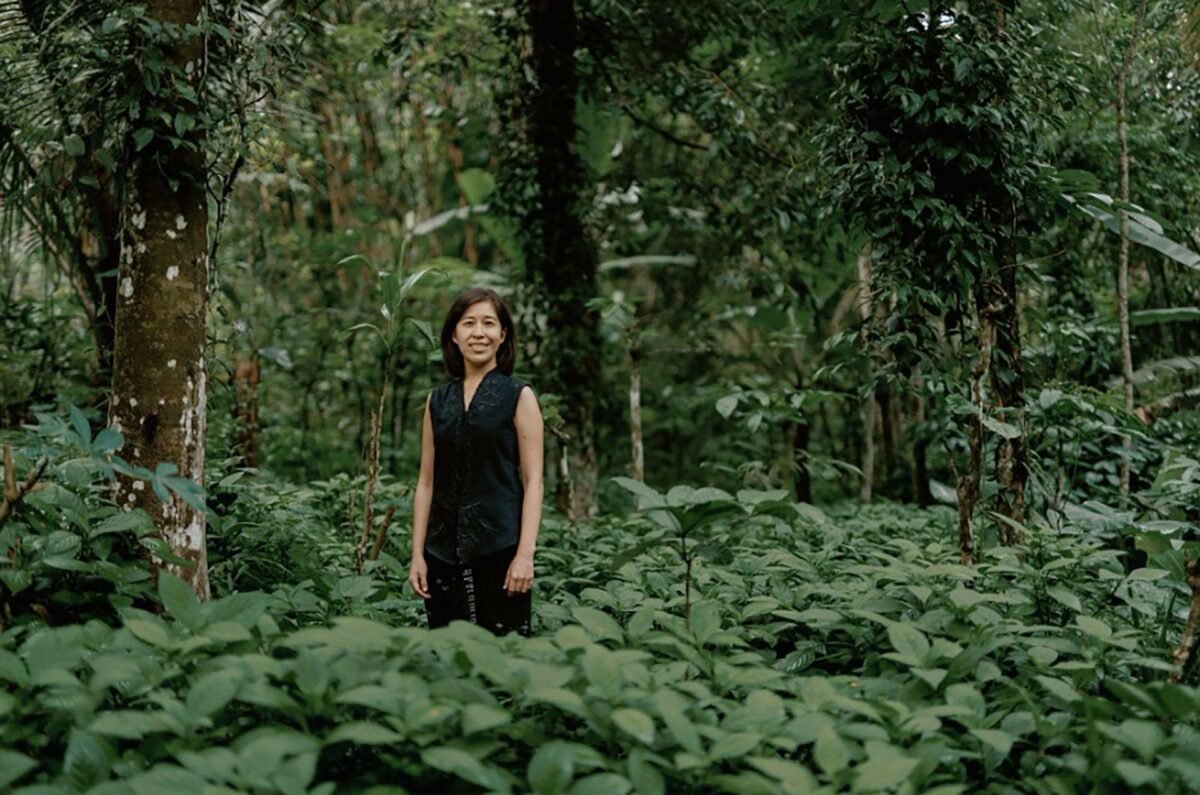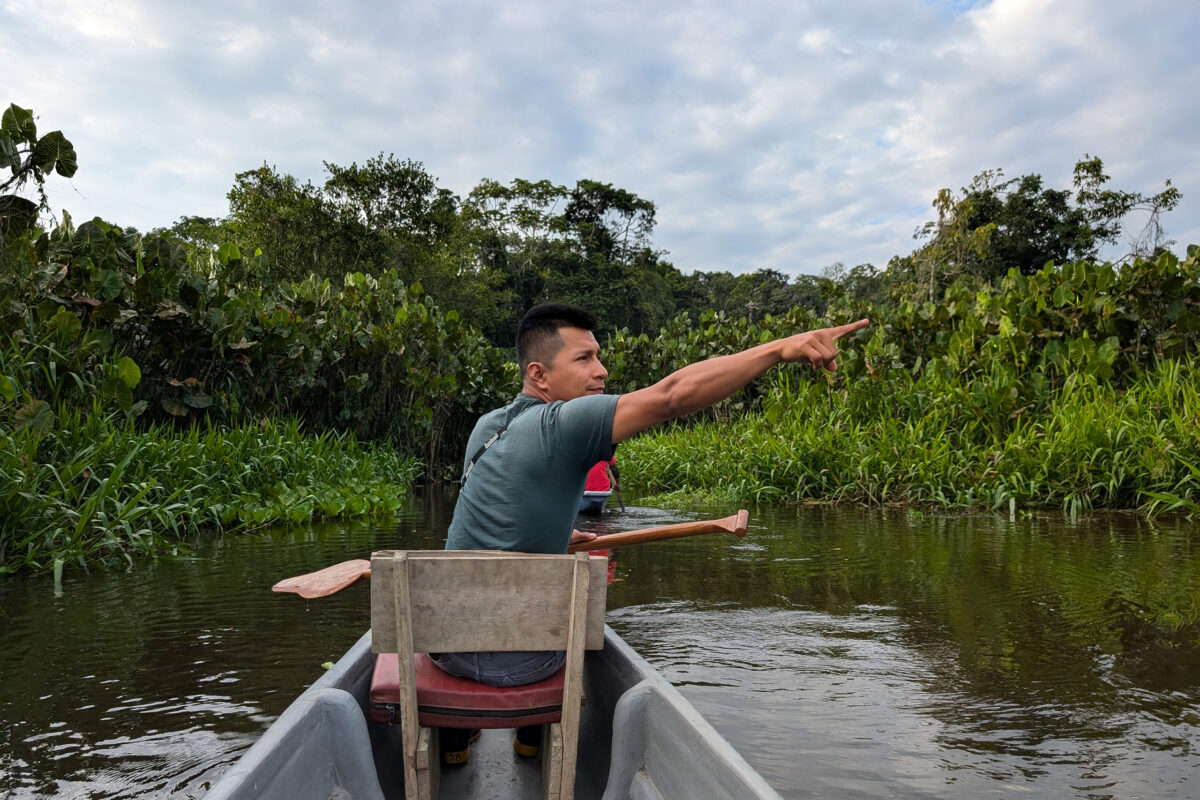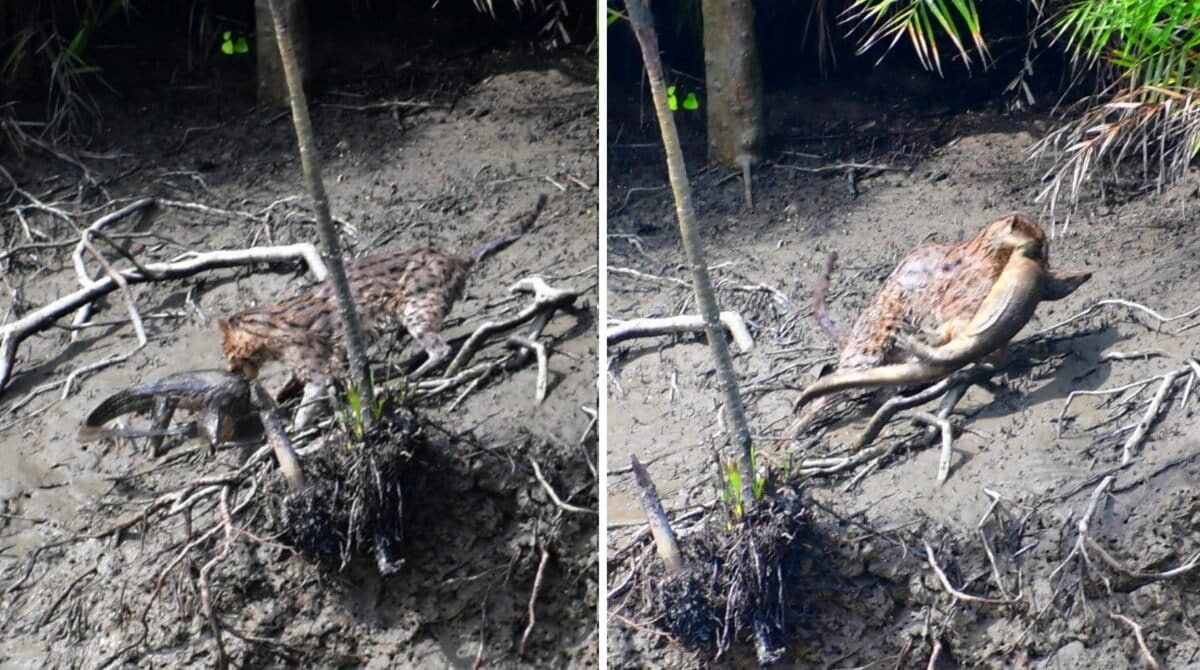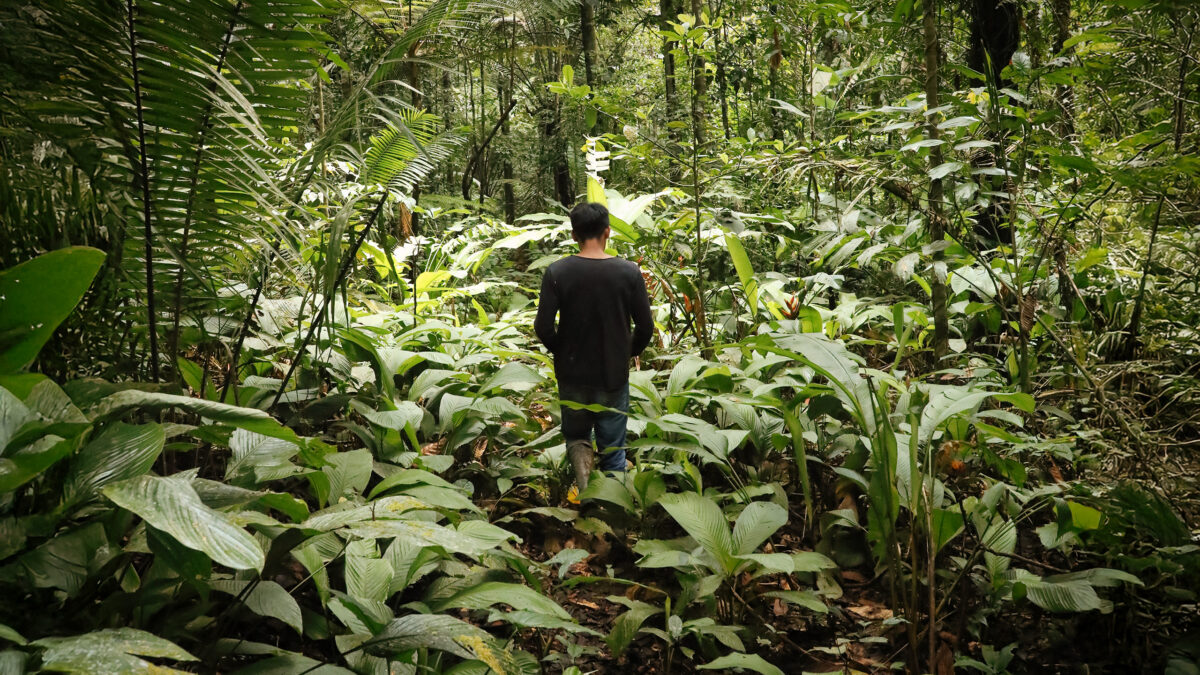Nigeria passes major new wildlife law
Nigeria’s Parliament has approved sweeping legislation to protect endangered species from traffickers, reports Valentine Benjamin. Once signed by the president, offenders caught trading elephant ivory, pangolin scales, or other products from threatened animals could face fines of up to 12 million naira ($8,300) and as much as ten years in prison. The law is among the toughest of its kind in West Africa. Yet even its supporters admit that laws are only as strong as their enforcement.
The Endangered Species Conservation and Protection Bill of 2024, passed by the Senate on October 28, brings Nigeria closer in line with international conservation treaties such as CITES.
“This new bill addresses long-existing gaps in our legal framework,” said Terseer Ugbor, the bill’s sponsor and deputy chairman of the House Committee on Environment. “The old law was riddled with ambiguities. It failed to specify whether its provisions applied only to international wildlife trade or also to domestic transactions.”
The new measure broadens the list of protected species, strengthens penalties, and allows courts to seize assets linked to wildlife crimes. It also gives agencies new powers to close the bureaucratic gaps traffickers have long exploited. Whether those tools will be used effectively is another matter.
Nigeria has for years been a global hub for illegal wildlife trade. Between 2010 and 2021, roughly a million pangolins—about 90,000 a year—are believed to have been trafficked through Nigerian networks. In 2024 alone, nearly 1.6 metric tons of ivory seized in Vietnam were traced back to Nigeria. Yet prosecutions remain rare; only a dozen convictions have been secured in the past three years.
“A law is useless without enforcement,” said Tunde Morakinyo of the African Nature Investors Foundation.
Still, optimists hope that with stricter laws and coordination, Nigeria could move from being a trafficking hub to a leader in conservation.





